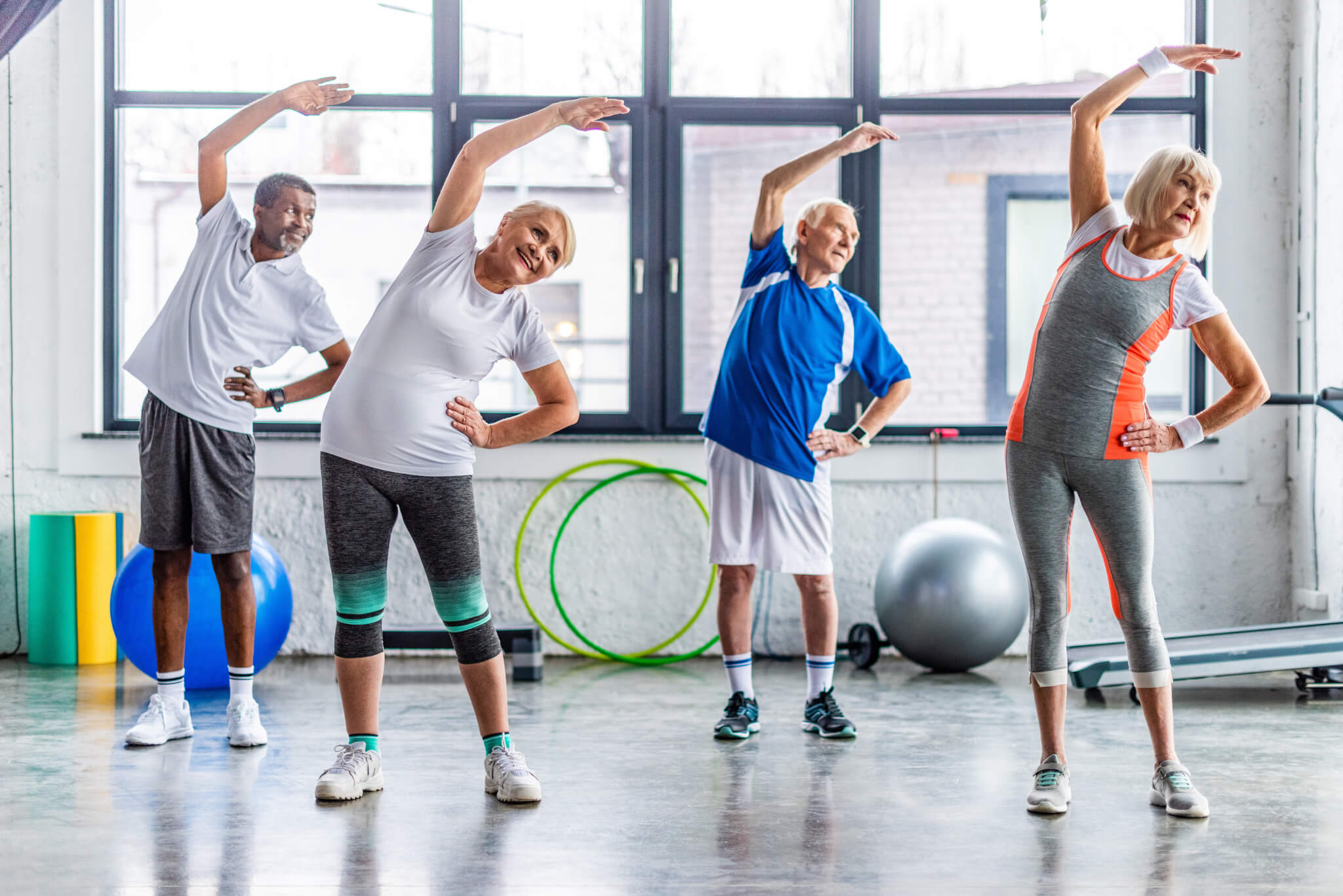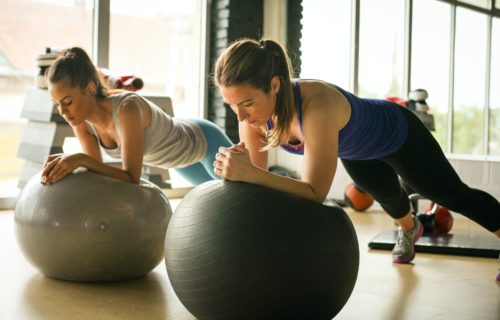💡What To Know:
- Regular weekly exercise led to fewer signs of insomnia and lack of sleep.
- Over a 10-year study, 1 hour of exercise weekly still counted as consistent exercise.
- This persistent level of exercise led to a 22% drop in insomnia symptoms.
REYKJAVIK, Iceland — We all know that regular exercise is good for our health, but did you know it could also be the key to a better night’s sleep? A new study suggests that consistent physical activity over the long term — and we’re talking about as few as two 30-minute sessions weekly — is linked to a lower risk of insomnia and a greater likelihood of getting the recommended six to nine hours of shut-eye each night.
The study, published in the journal BMJ Open, conducted by an international team of researchers, followed nearly 4,400 middle-aged adults from 21 centers across nine European countries over a 10-year period. Participants reported on their exercise habits at the start of the study and again a decade later, as well as providing information on their sleep patterns, insomnia symptoms, and daytime sleepiness at the end of the study period.
So, what counts as “consistent” exercise? The researchers classified participants as physically active if they reported exercising at least twice a week for a total of one hour or more per week. Those who maintained this level of activity at both the start and end of the study were dubbed “persistently active.”
The results were striking. Persistently active individuals were 42 percent less likely to report difficulty falling asleep, 22 percent less likely to have any insomnia symptoms, and around 40 percent less likely to experience two or more insomnia symptoms compared to their persistently inactive counterparts. They were also significantly more likely to be “normal” sleepers, clocking in the recommended six to nine hours per night, and less likely to be either short (≤6 hours) or long (≥9 hours) sleepers.
Interestingly, the benefits seemed to be tied to the consistency of exercise over time. Participants who were active at the start of the study but became sedentary by the end showed no significant sleep advantages compared to those who were inactive throughout. In other words, it’s not enough to be active at one point – maintaining that activity level over the years seems to be key.

The link between physical activity and better sleep held up even after the researchers accounted for factors like age, sex, body mass index (BMI), and smoking history. They also found that insomnia symptoms were more common in women, older adults, and those with higher BMIs, independent of exercise habits.
So, what might explain this sleep-promoting effect of regular exercise? While the study didn’t delve into the underlying mechanisms, previous research offers some clues. Physical activity is thought to help regulate the body’s internal clock, or circadian rhythm, which governs the sleep-wake cycle. It can also reduce stress and anxiety, promote feelings of relaxation, and even trigger beneficial changes in brain chemistry – all of which can contribute to more restful slumber.
The study does have some limitations. The researchers relied on participants’ self-reported exercise habits and sleep symptoms rather than objective measures. They also weren’t able to assess physical activity levels continuously throughout the 10-year period, only at the start and end. Nevertheless, the large sample size and long-term follow-up add weight to the findings.
So, if you’re struggling to get a good night’s rest, consider adding some regular exercise to your routine. Aim for at least a couple of hour-long sessions per week, and try to stick with it over the long haul. Your body – and your weary mind – will thank you.
Of course, exercise is just one piece of the sleep hygiene puzzle. Other proven strategies include sticking to a consistent sleep schedule, creating a relaxing bedtime routine, avoiding caffeine and heavy meals late in the day, and keeping your bedroom cool, dark, and quiet.
But for many of us, the path to better sleep may be as simple as lacing up our sneakers and breaking a sweat on a regular basis. So, what are you waiting for? Get moving – your pillow is calling!
StudyFinds’ Editor-in-Chief Steve Fink contributed to this report.
